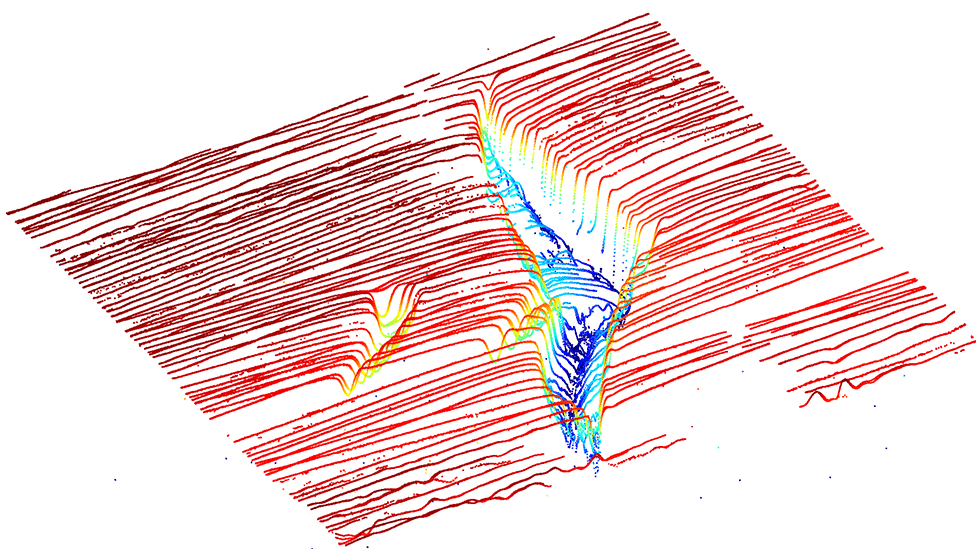Climate change: How Nasa's ICESat-2 is tracking changes to our planet
- Published
- comments

IceSat-2 orbits the Earth at an altitude of about 500km
Nasa has been tracking Earth's melting ice sheets with space lasers.
It's been focusing on the areas in Greenland and Antarctic - and found that lots of ice is melting.
Special satellites equipped with lasers fly over glaciers and other ice fields to track their constantly shifting shape.
They work by timing how long it takes laser beams to travel from the satellite to Earth and back, so scientists can work out the height of glaciers or sea ice.
ICESat-2 was launched in 2018, after the success of the first ICESat.
A new report has looked at both of the instruments' findings over 16 years and brought them together.

IceSat-2's maps allow scientists to see where there have been changes in the ice sheets
The study looks at results from 2003 to 2019.
It found that lots of ice is melting, and that snowfall is happening more slowly. Greenland's ice sheet lost an average of 200 gigatons of ice per year, and Antarctica's ice sheet lost an average of 118 gigatons of ice per year. One gigaton of ice can fill 400,000 Olympic-sized swimming pools!
The melting ice means there's been a rise in global sea levels.
ICESat-2 makes maps of its findings - so scientists can see where there have been changes.

The ice in Antarctica has been melting over the last few years
"If you watch a glacier or ice sheet for a month, or a year, you're not going to learn much about what the climate is doing to it," said Ben Smith, a glaciologist at the University of Washington who worked on the report.
"We now have a 16-year span between ICESat and ICESat-2 and can be much more confident that the changes we're seeing in the ice have to do with the long-term changes in the climate."
- Published30 April 2020

- Published30 April 2020

